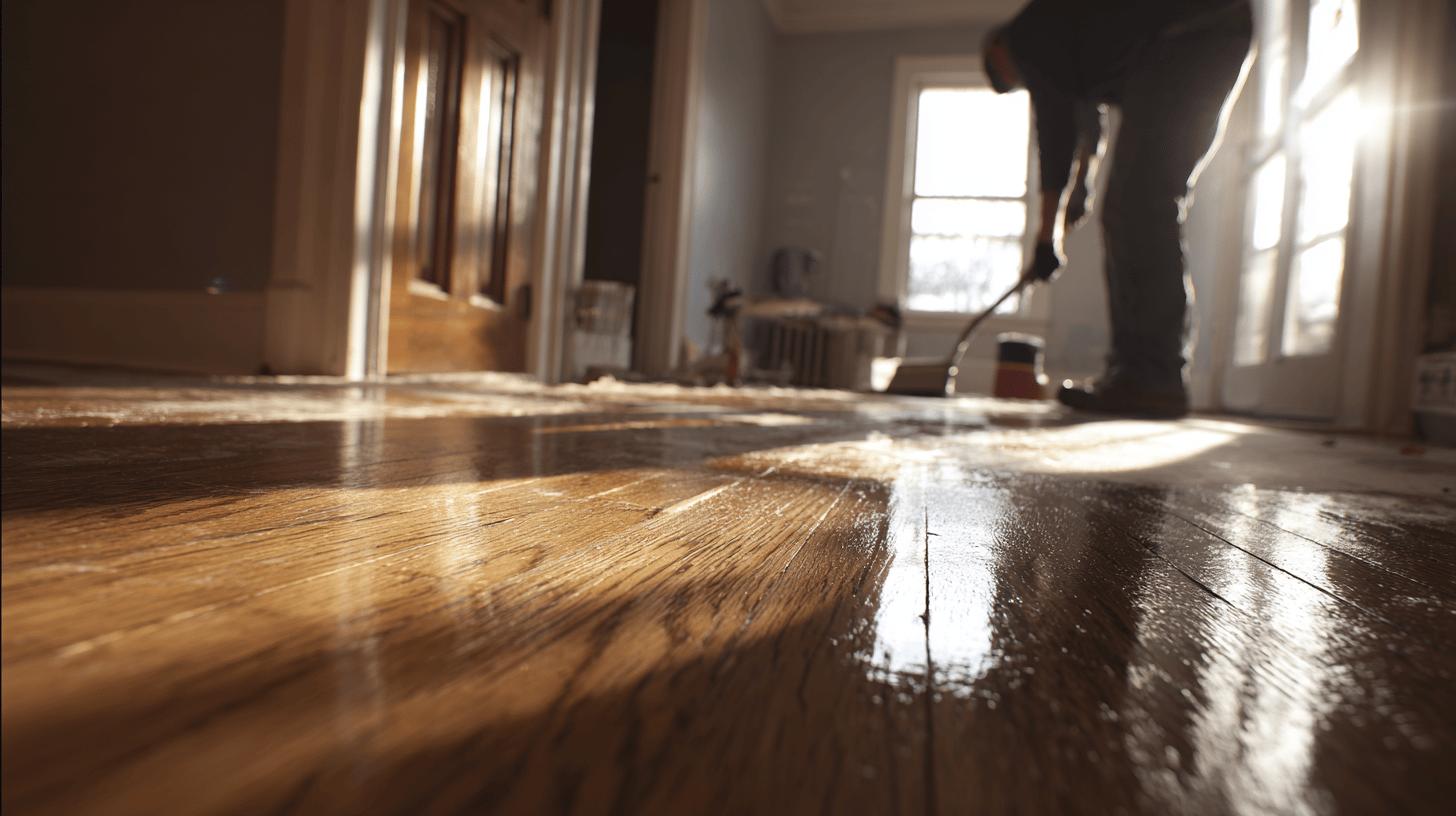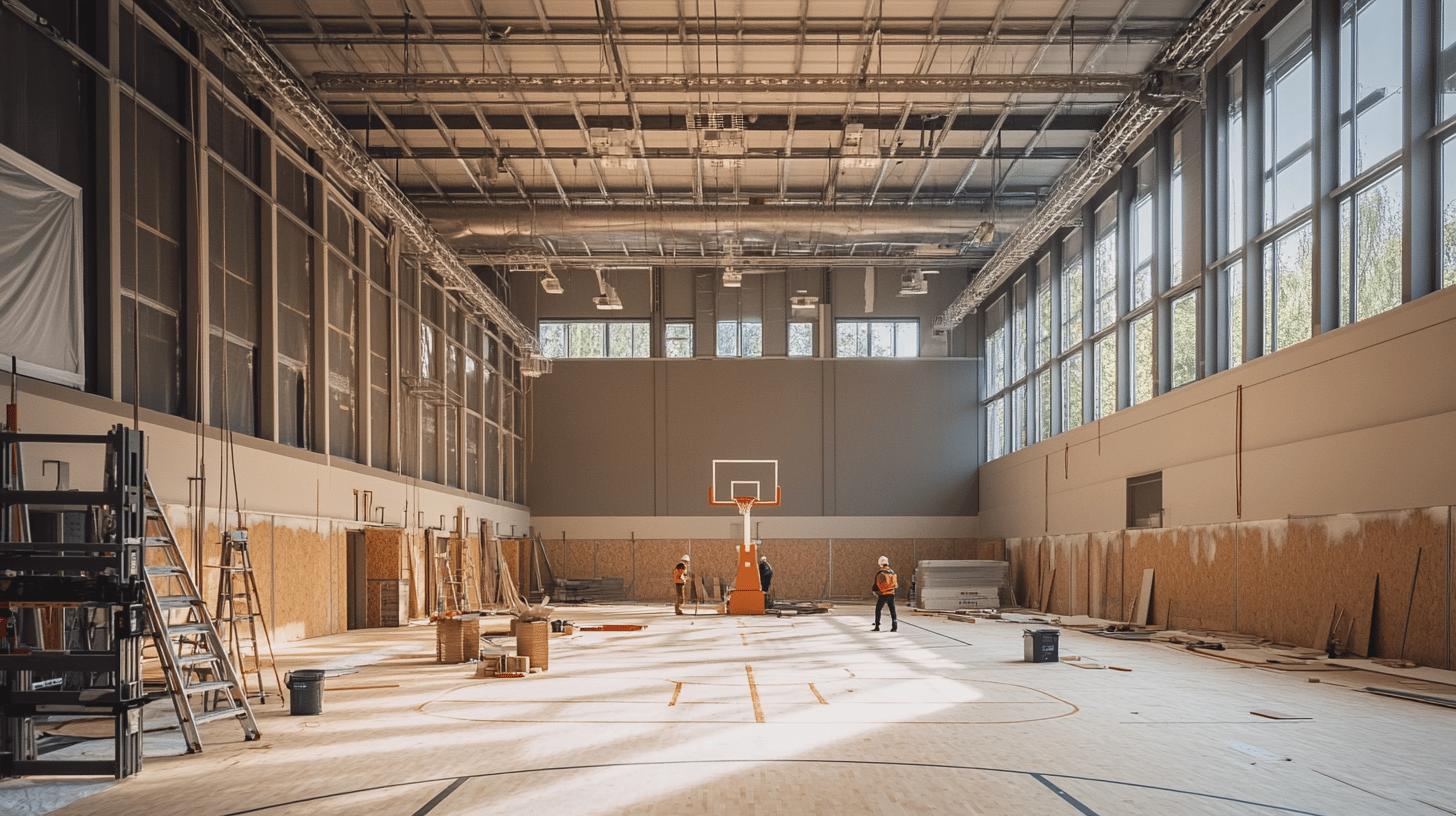Is your timber floor showing signs of wear and tear? The solution is simpler than you might think. Annual sand-screen and reseal processes can extend the life of timber floors by a decade or more, offering a much-needed shield against everyday damage from foot traffic, scratches, and spills. This blog post will delve into the techniques behind this effective maintenance strategy, exploring the dual stages of lightly sanding to eliminate surface imperfections, followed by applying a protective sealant. Discover how this cost-effective method not only preserves the aesthetic appeal of wooden surfaces but also reinforces their durability, defying expectations and delivering long-term value.
Understanding the Annual Sand-Screen & Reseal Process
The sand-screen and reseal process is an essential maintenance method for timber floors, designed to extend their lifespan by 10+ years. By addressing surface imperfections and applying a protective sealant, this method not only enhances the aesthetic appeal of floors but also preserves their durability. Regular application, ideally on an annual basis, ensures that timber floors remain resilient against daily wear and tear, spills, and scratches, leading to long-term savings and sustained visual appeal.
The sand-screen technique is a pivotal step in this process, involving the use of specialised equipment to lightly abrade the floor’s surface. This technique targets minor imperfections, such as superficial scratches and small dents, which accumulate over time due to foot traffic and furniture movement. Equipment typically includes rotary sanders fitted with fine-grit screens that efficiently smooth the surface without removing significant layers of wood. This approach maintains the floor’s integrity while preparing it for the subsequent sealing phase.
Following the sanding, the reseal process involves applying a high-quality sealant to the freshly prepared surface. Various types of sealants, including polyurethane, water-based finishes, and oil-based options, offer different levels of protection and aesthetic finishes. The choice of sealant depends on factors such as desired appearance, usage level, and environmental conditions. Sealants form a barrier that safeguards the wood from moisture, spills, and further abrasion, ensuring the floor retains its sheen and structural integrity. Regular resealing contributes significantly to the longevity and beauty of timber floors.
Benefits of Annual Sand-Screen & Reseal for Timber Floors
The annual sand-screen and reseal process is a pivotal maintenance method that significantly extends the lifespan of timber floors, potentially by more than a decade. By regularly addressing superficial wear and applying a protective sealant, this procedure preserves the finish and structural integrity of the wood. It mitigates the cumulative impact of daily foot traffic, furniture movement, and inevitable wear and tear. As a result, timber floors maintain their robustness and aesthetic appeal, making the annual investment in this maintenance approach a cost-effective strategy for long-term floor care.
Beyond longevity, the sand-screen and reseal process offers additional benefits, including enhanced aesthetic value and increased resistance to damage. A freshly sealed floor boasts a revitalised appearance, with a lustrous surface that highlights the natural beauty of the wood. Moreover, by forming a protective barrier, the sealant protects against moisture, spills, and scratches, ensuring the floor’s integrity remains intact. This proactive maintenance approach not only fortifies the floor against potential future damage but also reduces the need for more extensive and costly repairs down the line.
- Enhanced durability through regular maintenance
- Cost-effectiveness compared to full refinishing
- Improved aesthetic appeal with a refreshed finish
- Increased protection against moisture and spills
- Maintenance of floor integrity and structural strength
.
Cost Considerations for Sand-Screen & Reseal

When evaluating the cost of sand-screen and reseal services, several factors come into play, including the size of the area to be treated and the fees charged by professional floor services. Larger areas require more time and materials, which can increase the overall cost. Professional service fees also vary based on the expertise and reputation of the contractor, as well as regional pricing differences. Despite these variables, investing in professional sand-screen and reseal services remains a prudent decision for maintaining the quality and longevity of timber floors.
In comparison to full refinishing, the sand-screen and reseal method is a notably cost-effective maintenance strategy. Full refinishing involves completely sanding down the floor to bare wood, which is more labour-intensive and requires more materials, thus driving up costs. Conversely, sand-screen and reseal addresses only the surface layers, significantly reducing time and material use. This method not only prolongs the floor’s lifespan but also provides a financial advantage by delaying the need for more costly full refinishing or replacement.
DIY Tips for Sand-Screen & Reseal Enthusiasts
DIY sanding offers an appealing option for those eager to maintain the longevity and aesthetic of their timber floors while saving on professional service costs. Achieving professional results requires careful preparation and execution, particularly with the right equipment and materials. By undertaking the sand-screen and reseal process themselves, DIY enthusiasts can extend the life of their timber floors and preserve their beauty.
Essential Equipment and Materials
To ensure a successful DIY sand-screen and reseal project, it’s crucial to have the necessary tools and materials. The following items are essential for effective floor maintenance:
- Sanding screens: Fine-grit screens attach to rotary sanders to smooth out surface imperfections without removing excessive wood.
- Sealants: High-quality sealants, such as polyurethane or water-based finishes, provide a protective barrier that enhances durability and appearance.
- Rotary sander: A reliable sander is key to achieving a consistent finish across the floor.
- Safety gear: Protective equipment, including masks, goggles, and gloves, ensures safety during the sanding process.
- Cleaning supplies: Brooms, vacuums, and microfiber cloths are necessary for preparing and maintaining a clean work environment.
.
Step-by-Step DIY Guide
Preparation:
- Clear the room of all furniture and furnishings to ensure unrestricted access to the floor.
- Thoroughly clean the floor to remove dust and debris, which can interfere with sanding and sealing.
Sanding:
- Attach a fine-grit sanding screen to the rotary sander.
- Sand the floor evenly, focusing on smoothing out superficial scratches and small dents. Keep the sander moving to avoid over-sanding any area.
- Vacuum the floor to remove dust after sanding.
Sealing:
- Apply the chosen sealant using a roller or brush, following the grain of the wood for a uniform finish.
- Allow adequate drying time as recommended by the sealant manufacturer before applying additional coats, if necessary.
- Once fully dried, replace furniture carefully to avoid damaging the newly sealed surface.
.
These steps, paired with the right equipment, can help DIY enthusiasts achieve a professional finish, prolonging the life and enhancing the beauty of their timber floors.
Real-Life Effectiveness: Case Studies and Testimonials
Real-life testimonials frequently highlight the transformative impact of the sand-screen and reseal process. Homeowners and facility managers report significant improvements in both the appearance and durability of their timber floors. Many note that regular maintenance through this method has effectively preserved the floor’s sheen and structural integrity over the years. The process not only revitalises the floor’s surface but also protects against common issues like moisture damage and wear from foot traffic. These firsthand accounts demonstrate the practical benefits of incorporating sand-screen and reseal into a consistent floor care routine.
In-depth case studies further illustrate the long-term effectiveness and satisfaction achieved through sand-screen and reseal. For instance, a community sports hall that underwent this maintenance annually reported a dramatic reduction in surface imperfections and an enhanced overall appearance, even after years of heavy use. Another example is a residential property where the consistent application of this process extended the floor’s life by over a decade, delaying the need for costly replacements. Such cases underscore the value of this approach in maintaining floor quality over time, confirming its role as a cornerstone in effective floor care.
- Increased durability and floor lifespan
- Enhanced aesthetic appeal and floor sheen
- Cost-effective maintenance strategy
.
Final Words
Embracing the annual sand-screen and reseal process is pivotal for ensuring timber floors not only maintain their aesthetic beauty but also extend their lifespan by over a decade.
Investing in this maintenance strategy presents numerous benefits, from enhanced durability and cost-effectiveness to improved protection against daily wear and tear.
Making informed decisions about the costs associated with sanding and resealing, whether through professional services or DIY efforts, is vital for sound financial planning.
Real-life testimonials further reinforce the efficacy of these practices, showcasing remarkable transformations and sustained floor integrity. For a long-term investment, the Annual Sand-Screen & Reseal: Extending Timber Floor Life by 10+ Years, embodies an ideal approach to preserving your timber floors.
Book screen & seal → Floor Refurbishment
FAQ
How much does it cost to sand and seal timber floors?
The cost of sanding and sealing timber floors can vary based on factors such as floor size and service provider. On average, professional services may cost between £15 to £25 per square metre.
How often should I re-sand hardwood floors?
Re-sanding hardwood floors is generally recommended every 7 to 10 years, depending on the level of wear and tear. For floors with high traffic, more frequent maintenance may be required to sustain optimal condition.
How many years does wood flooring last?
Wood flooring typically lasts anywhere from 25 to 100 years with proper care and regular maintenance. Processes like sanding and resealing annually can significantly extend the lifespan of your floors.
How many times can you sand a timber floor?
Timber floors can usually be sanded between 3 to 5 times. This number depends on the thickness of the wood and the depth of sanding required during each maintenance cycle.


